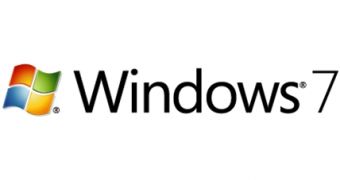Power management is one of the aspects of the Windows client and server operating systems that are evolving from Vista and Windows Server 2008 to Windows 7 and Widows Server 2008 R2. Power management tasks allow the operating system, in conjunction with the hardware available, to strike an equilibrium between performance and the resources consumed. On laptops for example this translates into as much battery life as possible. According to Microsoft, the vision is to have Windows as the most energy-efficient computing platform independent of the hardware configuration or software workloads.
When it comes down to saving power, Microsoft has focused on the periods of time that the computer remains idle. Among the “specific Windows 7 improvements,” the company enumerated the elimination of the “TCP DCP timer on every system timer interrupt, reducing the frequency of USC driver maintenance timers, Intelligent Timer Tick Distribution, Timer Coalescing,” via the “Windows 7 Power Management Overview” authored by Pat Stemen, Microsoft senior program manager, available for download here.
Of course that the power management evolution does not stop with the Windows client. David McGhee, Microsoft consultant, opined that the reduction in terms of Power Consumption might be a sufficient enough argument to consider the validity of Windows Server 2008 R2 upgrades. Essentially, Windows 7 Server builds on the capabilities already delivered with its precursor, Windows Server 2008. In this regard, Windows Server 2008 R2 allows customers to take advantage of such enhancements as CoreParking and new Group Policy settings.
“CoreParking is an exciting development that allows Windows Server 2008 R2 to constantly track the relative workloads of every logical core in a server relative to all the others. Cores that aren’t being fully utilized can be put into sleepmode until their silicon muscle is required. This capability means a 16-way server with a light workload can turn itself into a 4-way server until workloads suddenly increase and then spin up reserve CPU power in milliseconds,” McGhee added. “Windows Server Power Management Implementation Details” authored by Johnson Cheng, Software Design Engineer Windows Kernel is available for download here.

 14 DAY TRIAL //
14 DAY TRIAL //